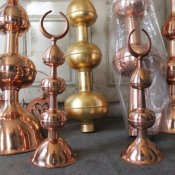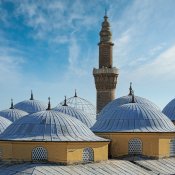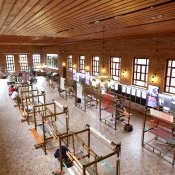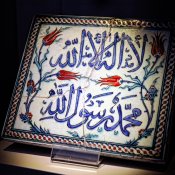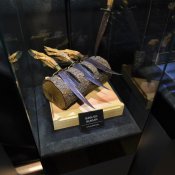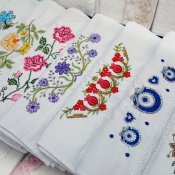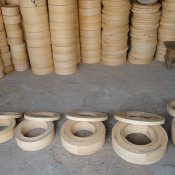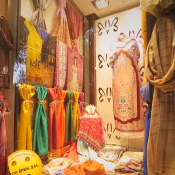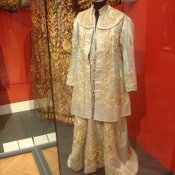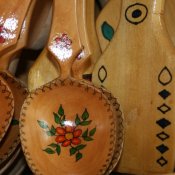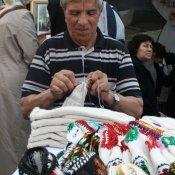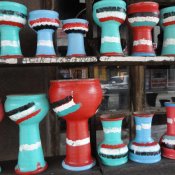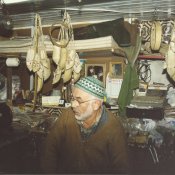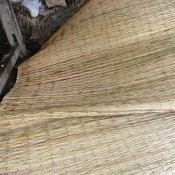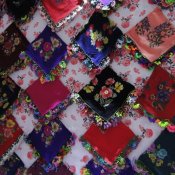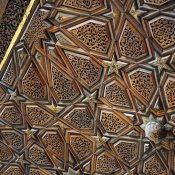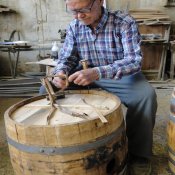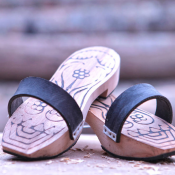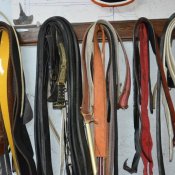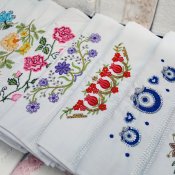Alem Art
Alem Art
Alem is a tulip or star and crescent shaped metal ornament attached on the tops of high constructions such as the minarets, domes, pikes etc. In addition, alem is also used to imply sign, symbol and flag. The word alem is defined as "distinguishing feature/characteristic, sign, top of a minaret and crescent shaped metal ornament generally attached on tops of minarets etc." in Şemseddin Sami's dictionary named Kamus-ı Türki. Alems are built on the uppermost parts of domes of various structures, minaret spires and banners in Turkish-Islamic art, and it is believed that they are symbols of power protecting from the evil and evil eyes. Alem, which is believed to be as a symbol of holiness by ancient Turks and Oghuz tribes, was used in the form of horse tail, wolf head, eagle. In the following periods, the alems, which started to be seen as crescents and moons, were mostly used in religious, social and official structures. The number of parts of the alems, called "apple", which is shaped according to the size and characteristics of the structures, varies. The alems in which metals such as copper, bronze and brass are used are generally produced as hollow. Alem production is made by handicraft masters who traditionally carry out this art in Bursa.



